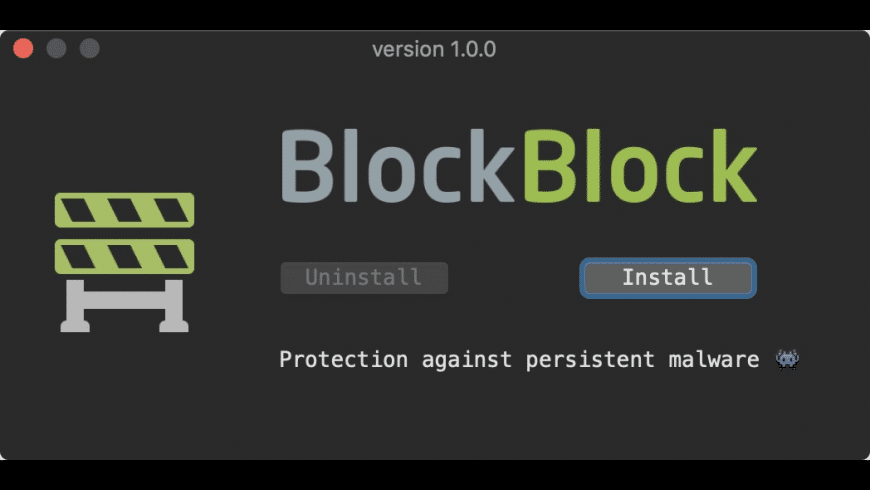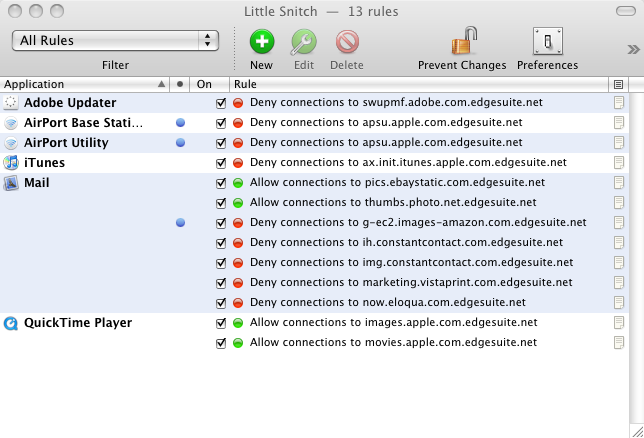28Jan 09
“License Expired. Licensing for this product has expired.” – Adobe CS4, 2009

Little Snitch will track and block the network connection of specific software, e.g., when you start the software sequence of Adobe, Little Snitch will inform users through a pop-up window whether to allow. Mac 10.10 using little snitch, which process(s) do I deny to MAKE SURE my work doesn't get sync'ed/uploaded/shared to the CC cloud? Install as trial while disconnected from the net (or block outgoing connections using somethign like 'little snitch' - alternately, patch hosts using list from link below). How To Use Little Snitch To Block Adobe Cs6 Free.
In ‘Defeating the Adobe CS4 ‘License Expired’ dialog in OS X’ we explained how to reset the registration and serial number of the CS4 Suite.
In this post we describe how to shut CS4 up. If your Adobe apps are allowed to communicate with or ping the Adobe mother ship, or activate.abobe.com, any new serial numbers you enter will ultimately be rejected. So we must block the CS4 apps making outbound network connections to the Internet.
We will describe two methods in OS X for preventing CS4 pinging the Adobe activation servers.
The first is to use Little Snitch, an app for OS X that creates rules for blocking the outbound communication of apps and services. The drawback here is that Little Snitch is commercial software, although Pirate Bay might disagree, and that it is a heavy handed means of shutting only a couple of applications up.
The second method for blocking the chatter between CS4 apps and the Adobe activation servers on your mac is to edit the hosts file (/etc/hosts). There are several apps that can be used to edit the hosts file. At this time I recommend using the updated TextEdit approach (Oct 6 2009). See TextEdit instructions below and also comment #249:
– HostsWidget
– Gas Mask 0.4
-Terminal. You can use a Terminal text editor like emacs, vi, nano and pico or you can add individual entries to the hosts file by issuing the following command in Terminal:
echo “127.0.0.1 adobe.activate.com” >> /etc/hosts
In the above command we have added an entry for adobe.activate.com. You can replace adobe.activate.com with the other domains in the list and add all the domains individually.
To be sure the entries were successfully added to the hosts file run the following command to look at the hosts file:
cat /etc/hosts
TEXTEDIT UPDATE!!! OCT 6 2009 – The following instructions for the use of TextEdit have been updated, see comment #249. It details a more direct approach for editing the hosts file with root privileges by issuing the following command:
sudo /Applications/TextEdit.app/Contents/MacOS/TextEdit /etc/hosts
and then simply follow steps 8, 9 and 10. That’s it!
The following instructions for TextEdit are now deprecated. See the new ones as stated above.
– TextEdit. To edit the hosts file in TextEdit we must do so from within the root account. In OS X the root account is disabled by default so the first step is to enable the root user in OS X. Quit all Adobe apps, then;
1. Open Directory Utility (/Applications/Utilities)
2. Enable the Root User (Edit > Enable Root User)
3. Choose a password for the root account
Use Little Snitch To Block Adobe Host Download

4. Logout of your admin account.
5. Login to the root account. Select ‘Other’ in the Login Window. The name of the account is root (lowercase).
6. In Finder menu > Go > Go To Folder. Type /etc and click ‘OK’
7. Ctrl-click the hosts file and ‘Open With’ TextEdit.
8. Copy/Paste the following entries to the hosts file, making sure all the copied entries are pasted in between the ebtries “255.255.255.255 broadcasthost”
and “::1 localhost” (see pic):
127.0.0.1 adobe.activate.com
127.0.0.1 activate.adobe.com
127.0.0.1 practivate.adobe.com
127.0.0.1 ereg.adobe.com
127.0.0.1 activate.wip3.adobe.com
127.0.0.1 wip3.adobe.com
127.0.0.1 3dns-3.adobe.com
127.0.0.1 3dns-2.adobe.com
127.0.0.1 adobe-dns.adobe.com
127.0.0.1 adobe-dns-2.adobe.com
127.0.0.1 adobe-dns-3.adobe.com
127.0.0.1 ereg.wip3.adobe.com
127.0.0.1 activate-sea.adobe.com
127.0.0.1 wwis-dubc1-vip60.adobe.com
127.0.0.1 activate-sjc0.adobe.com
9. The hosts file will now look something like this (note how the entries were pasted between “255.255.255.255 broadcasthost” and “::1 localhost”):
10. Save the changes. Quit TextEdit.
11. Logout of the root account.
12. Login to your admin account
13. Open Directory Utility (/Applications/Utilities)
14. Disable the Root User (Edit > Disable Root User)
Use Little Snitch To Block Adobe Host Settings
15. Quit Directory Utility
16. Open Terminal (/Applications/Utilities) and type:
sudo dscacheutil -flushcache (10.5)
sudo lookupd –flushcache (10.4)
17. Enter your admin password when prompted.
18. Relaunch Adobe apps. Enter your serial. Done.